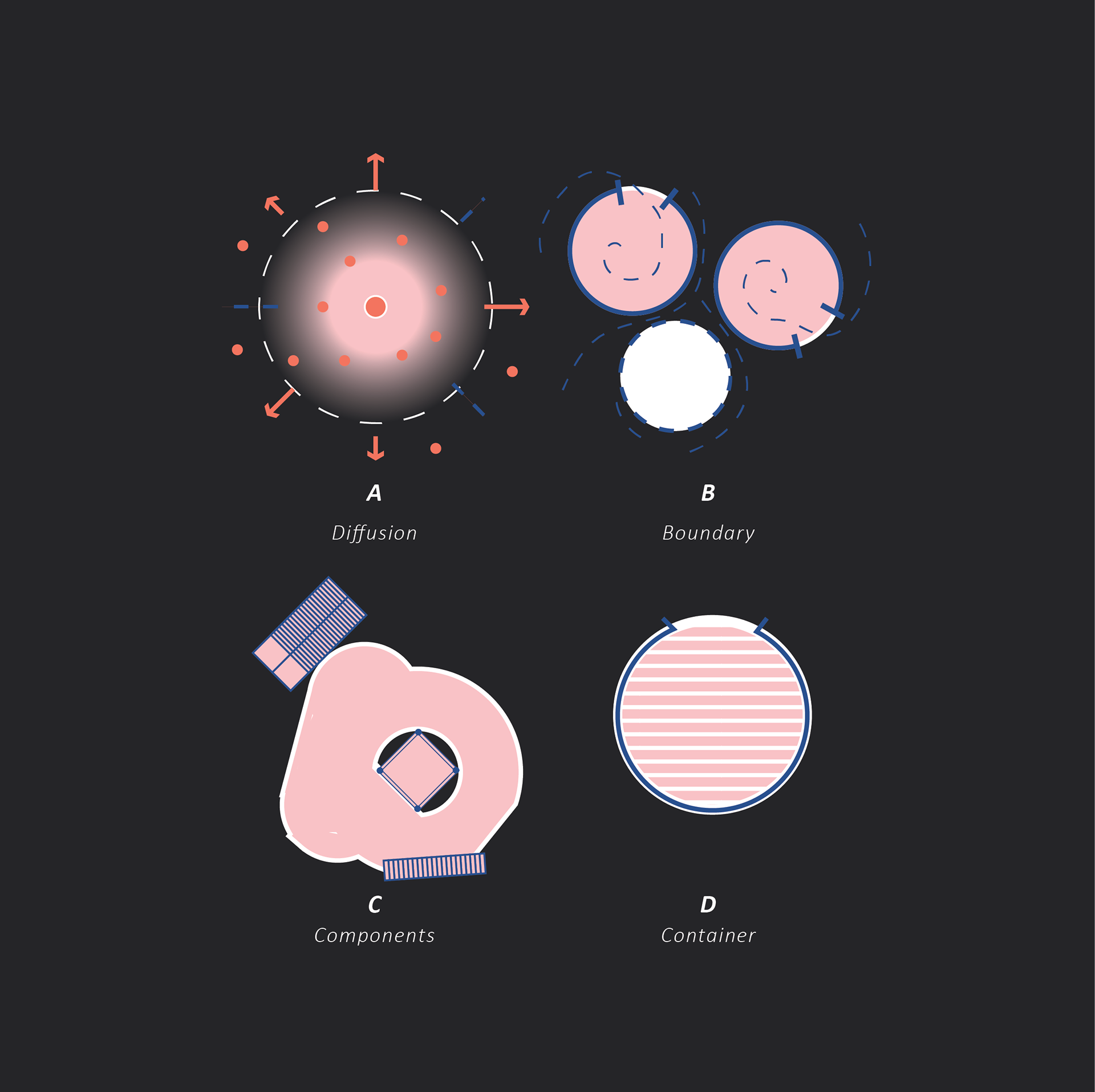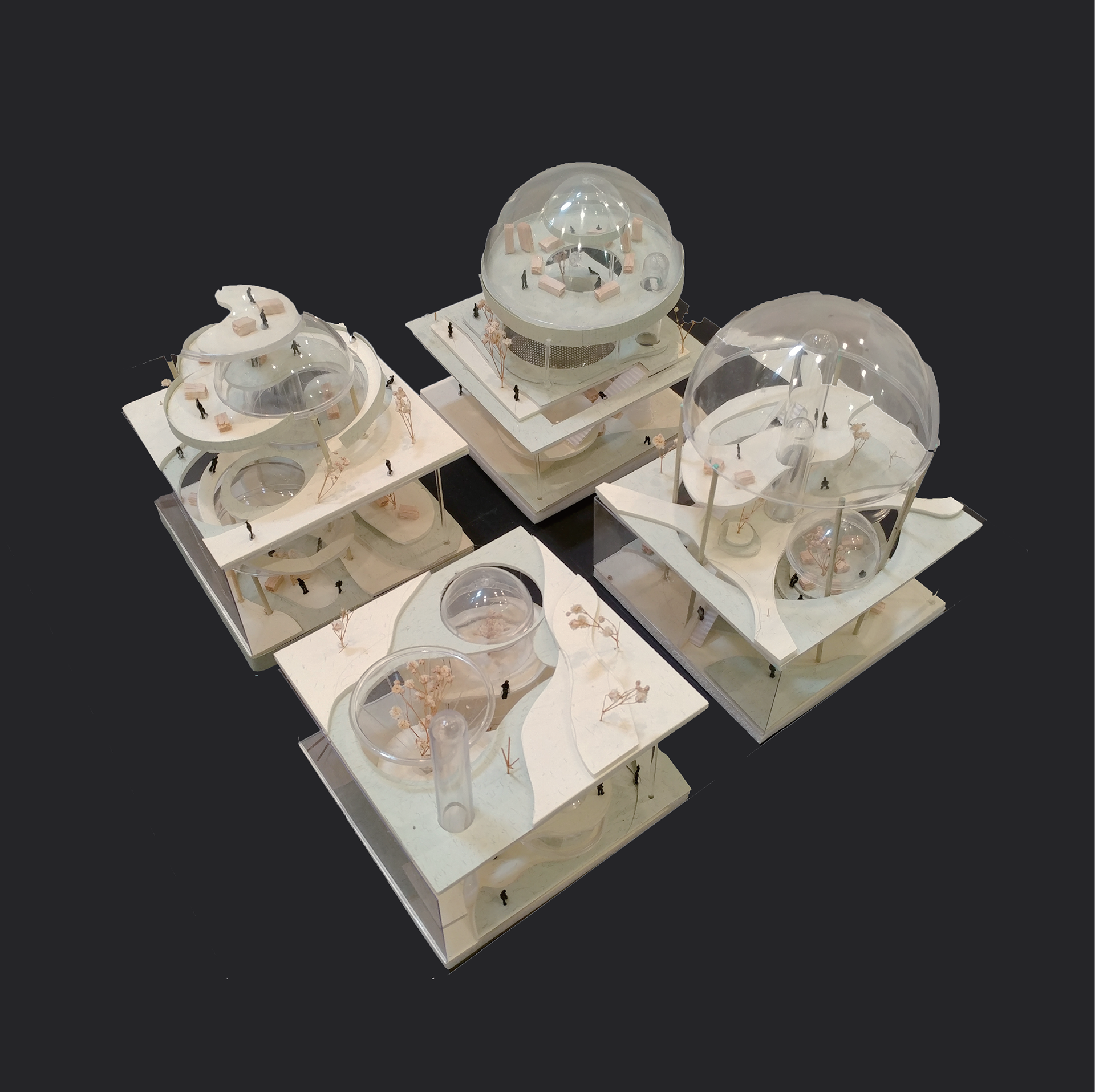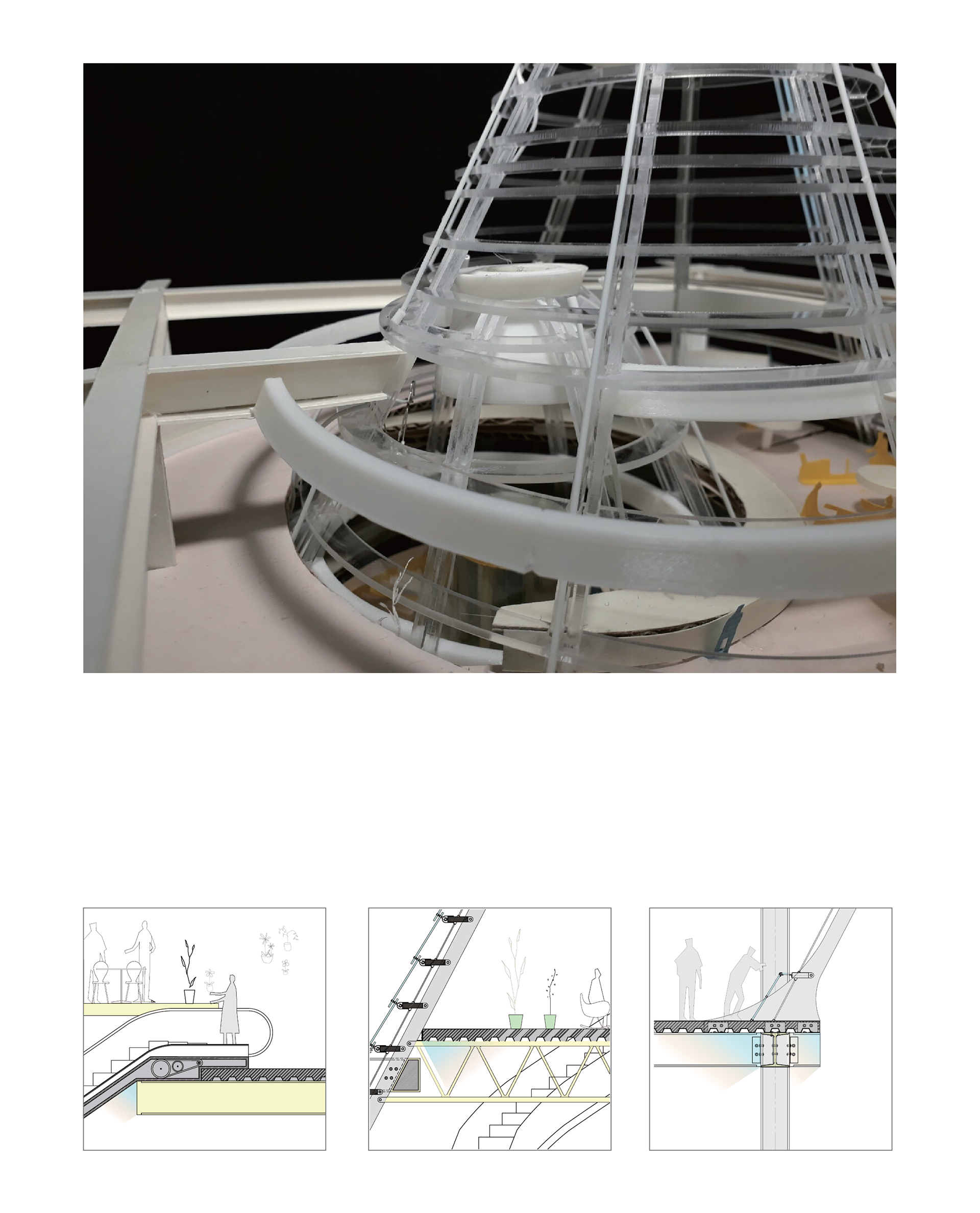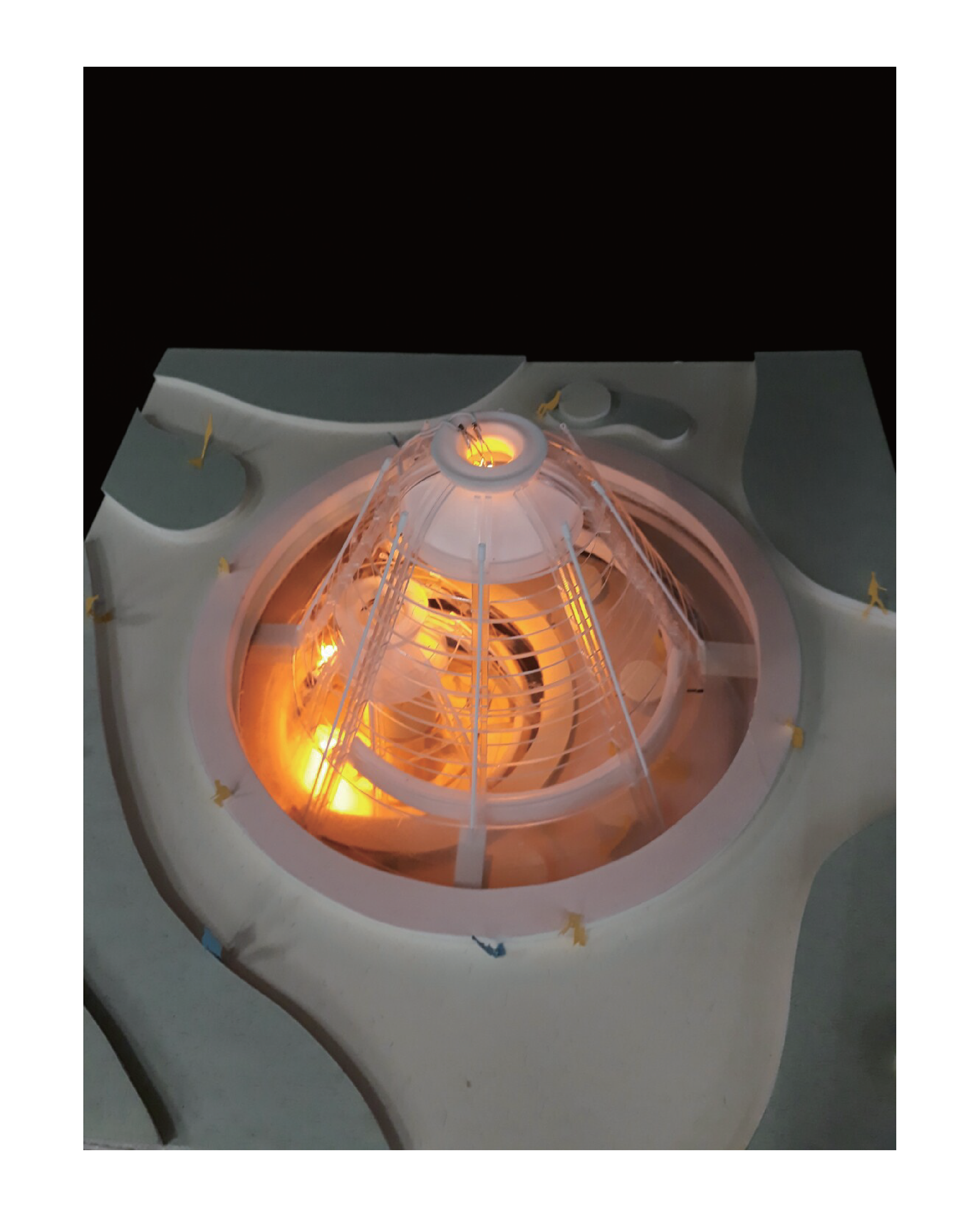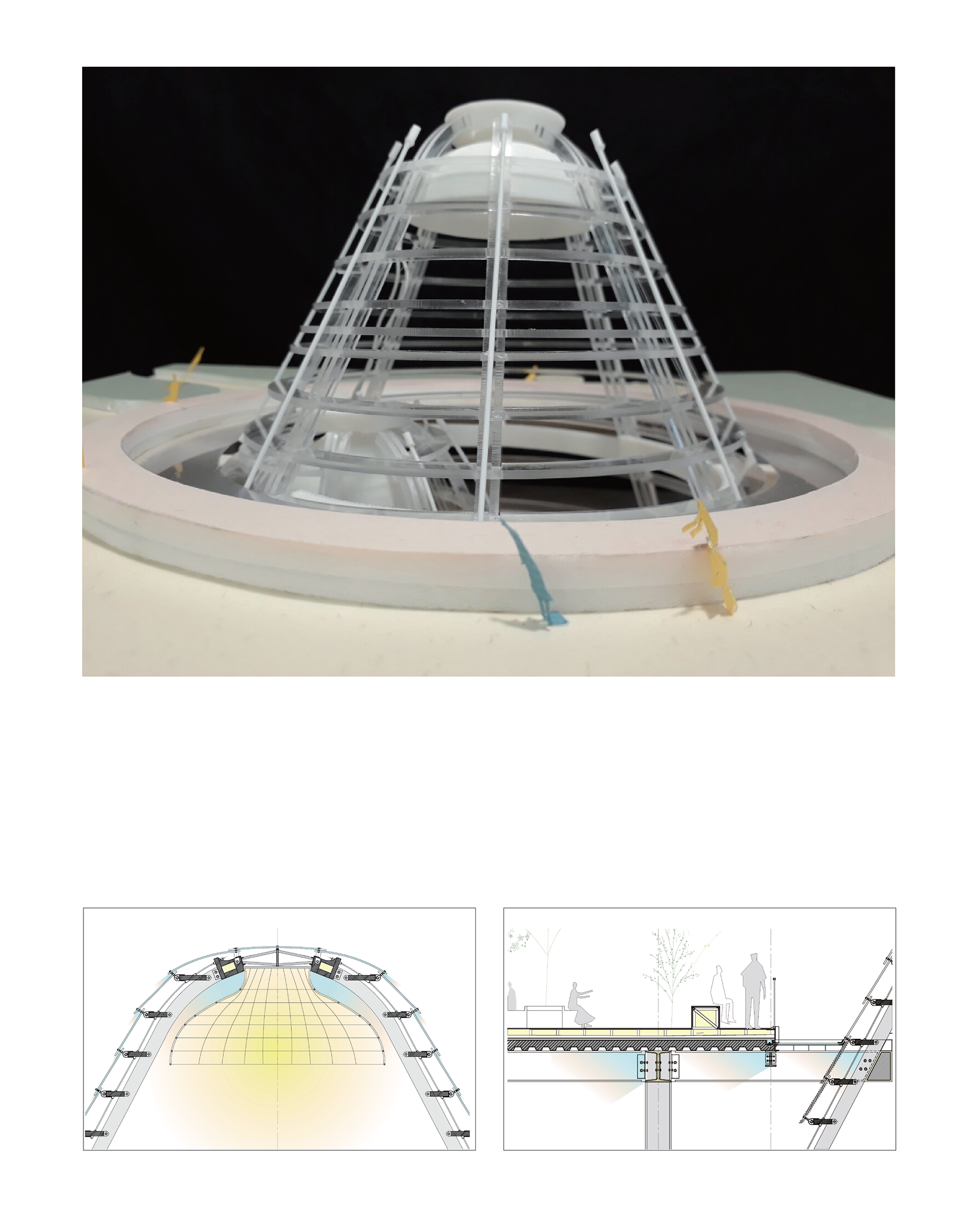Brief
The Taipei City Hub serves as a crucial exchange point for both passengers and cargo between various transportation modes. Such transportation hubs typically encompass a range of structures, including railway stations, rapid transit stations, bus stops, and train stops, among others.
In this project, the main challenge was facilitating seamless transit between existing structures and those still under construction while accounting for future expansion possibilities. At the heart of the Nangang Public Transport Hubs lies the need for a smooth transition between various transportation modes. This is particularly critical given the complexity of the station and the difficulty in navigating it for passengers unfamiliar with the layout. To address these challenges, I designed a prototype that effectively connects passengers and transportation modes while also enhancing their overall experience within the station. By rebuilding and reconnecting various components of the system, my design aims to provide a seamless and efficient transportation solution for all passengers.
In architectural construction, details design refers to the process of carefully planning and executing the specific elements that make up a building or structure. This includes paying close attention to every aspect of the design, such as the materials used, finishes, dimensions, and construction techniques.
In our Design Studio project, our aim was to create a new prototype and develop a unique system that challenges conventional logic. To achieve this, we began by observing our surroundings, drawing diagrams, and generating prototype ideas through a rigorous process. We also rebuilt existing cases to refine our approach. For our site, I selected Nangang Main Station, a location that offered a variety of traffic programs and was slated for construction in the next three decades. The bubble-shaped prototypes we designed not only provide a distinctive shape but also formed the space of each program, allowing passengers to connect and flow between each unit. In addition to our focus on prototype design, we paid close attention to construction details. We drew up detailed plans and physically modeled the prototype to ensure it worked effectively with users and the overall space. We believe that the beauty of details lies not only in their complexity but also in how they work with the prototypes and users.
